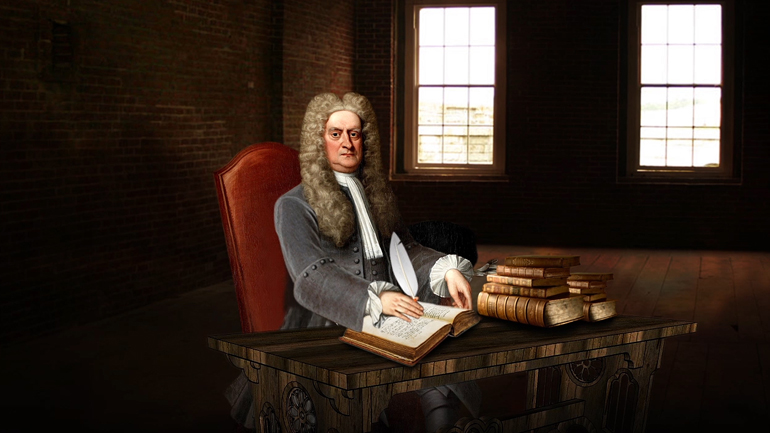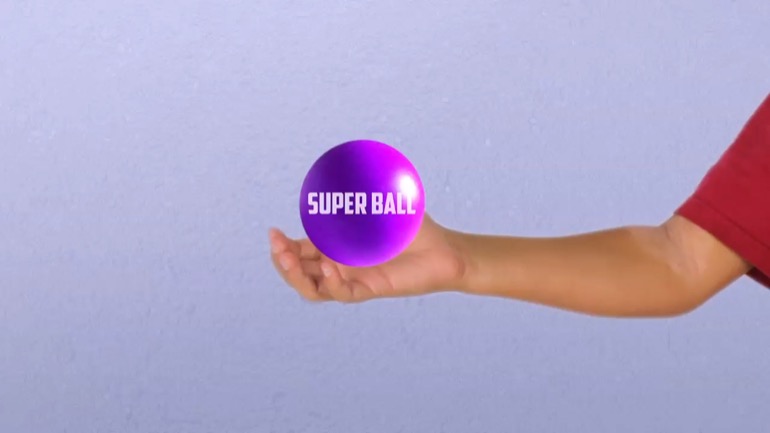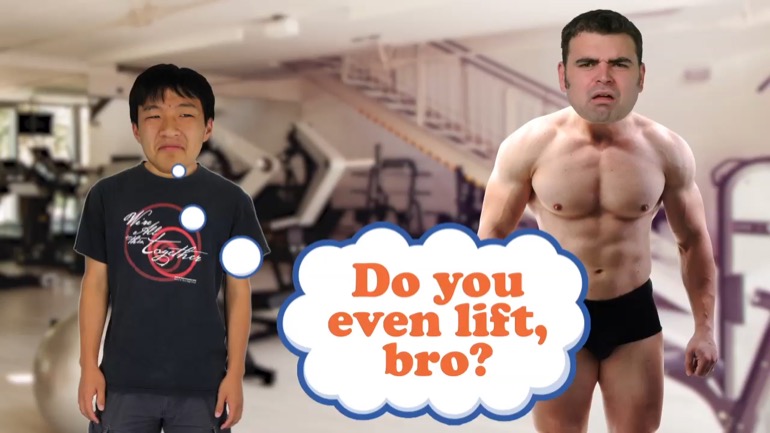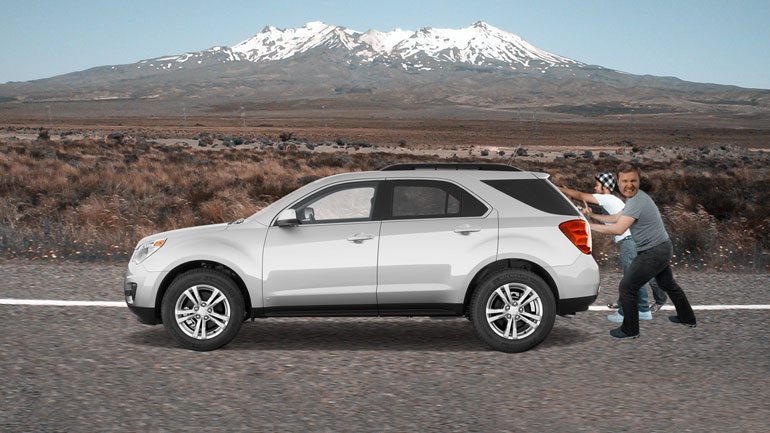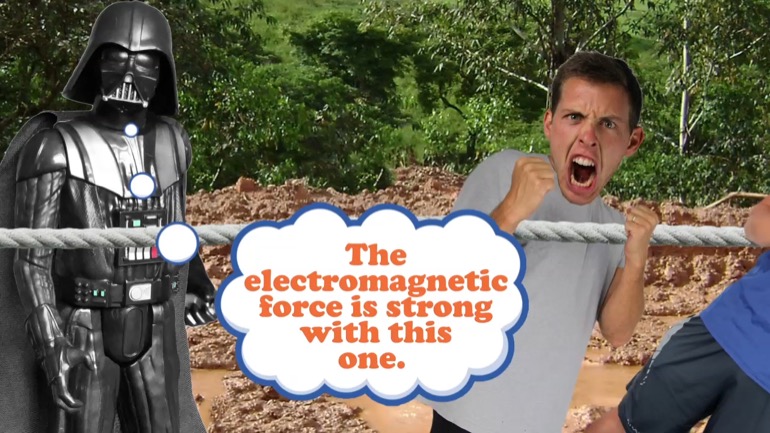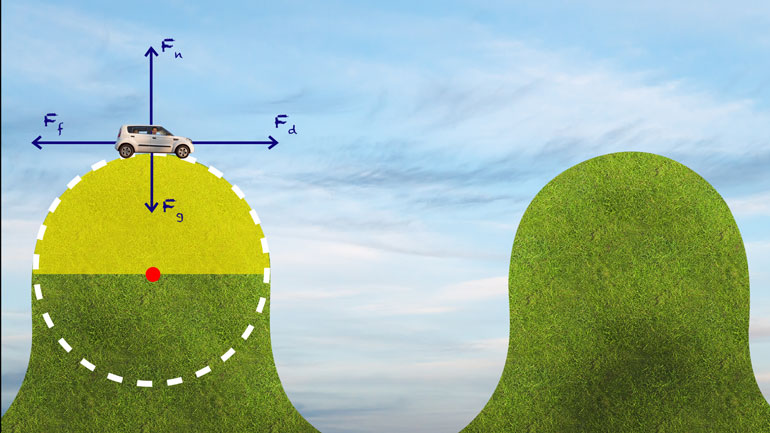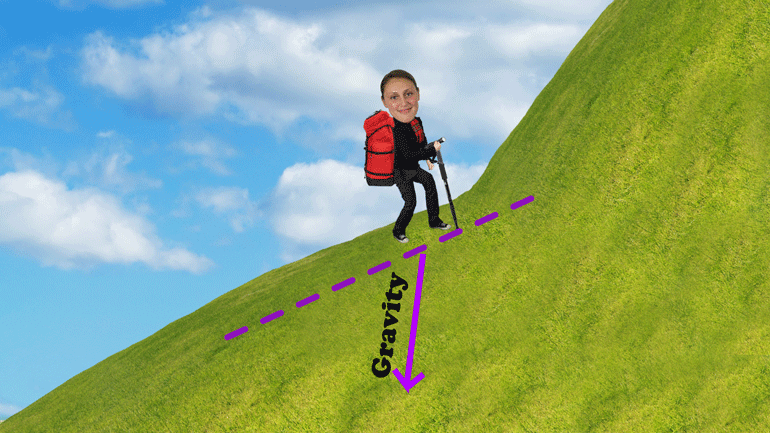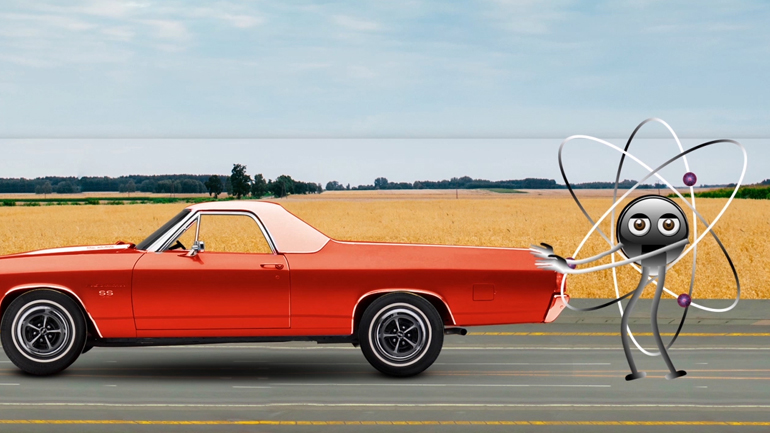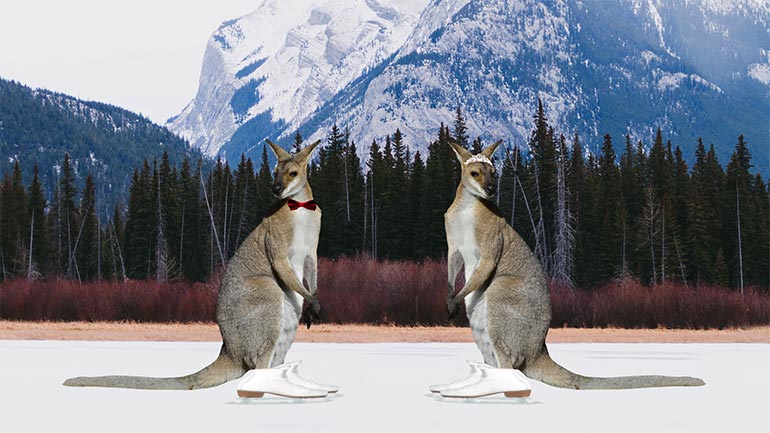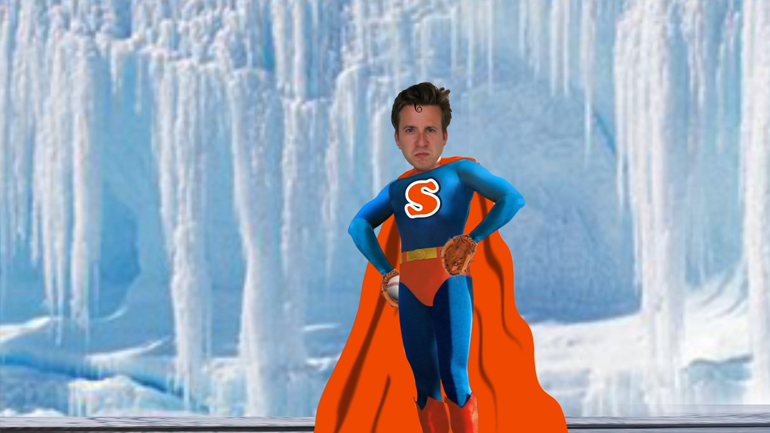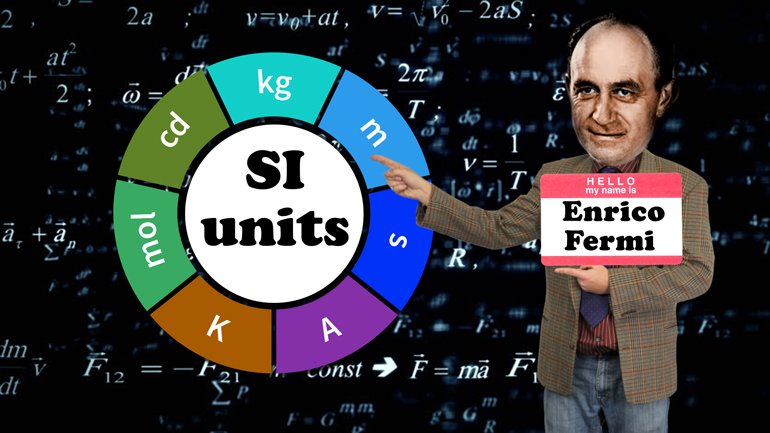ShmoopTube
Where Monty Python meets your 10th grade teacher.
Search Thousands of Shmoop Videos
Physics Videos
Play All
Isaac Newton. Who was he? Why do we need to know about him? In a physics course, no less? Well, he's only the most famous physicist in history, and...
What is the second law of thermodynamics? That's the one about a Thermos being the most dynamic of all drinking containers, right? Uh, wrong. Basic...
What's the difference between potential and kinetic energy? Well, potential energy is energy that has just that - potential. It's present when an o...
Time to dive into Newton's Universal Law of Gravitation. We'll get into inverse square laws, orbital velocities, and all sorts of things Newton use...
In this video, we'll calculate the force of friction - both static and kinetic. And we'll answer that age-old question: fact or friction?
What is electrical charge transfer? Y'know that shock you get shuffling your feet along the carpet and then touching an electrical socket? Yeah, do...
It's experiment time. We'll be rolling a marble down a ramp... and we'll see what it tells us about gravity, acceleration, and velocity.
What is Newton's Second Law, and how long do you go to prison if you break it? Long enough to study friction, buoyancy, closed systems, and more.
In this video, we'll cover inertia, centripetal force, circular motion, and what Newton liked to eat for breakfast in the morning (Apple Jacks).
What are work and power, when it comes to physics? We'll get into force, energy, joules, watts - all that good stuff.
Newton's Third Law states that every action has an equal and opposite reaction. Something to keep in mind when trolling online.
So what's the relationship between acceleration and gravity? And where does velocity fit in? And who invited future velocity?
What are the basics of trigonometry? And why are we learning about this in a physics course? Both good questions. In this video, you'll learn about...
It's time to make our liters and meters work together. Enough of the bickering, right? In this video, we'll do some unit analysis, covering SI Unit...
Newton's first law is the one about objects at rest tending to stay at rest and objects in motion tend to stay in motion.
The Law of Conservation of Momentum says that total momentum always stays the same in a closed system. In an open system, though, all hell usually...
Time for some fun with 2-D motion. We'll use horizontal speed and distance to find vertical motion, and more. So... a 2-D experiment, but 3-D excit...
Scalars v. vectors. Speed v. velocity. Distance v. displacement. Kramer v. Kramer. We'll cover all the big smackdowns.
Displacement Graphs and Motion Maps. Ooh - graphs and maps. It's time to draw, everyone! But... no bunnies or unicorns. Instead, we'll be drawing v...
Meet "SI Units" - the gold standard of scientific measurement. Also meet sig figs, which Isaac Newton used to make the world's first "fig Newton."
